1. Walking to School Alone

Back in the ’80s, kids didn’t get driven to school unless it was raining—or they were really lucky. Most kids walked, often with a sibling or a neighborhood friend, but sometimes alone. Parents didn’t think twice about letting kids roam the sidewalks, cross streets, and get themselves to class without adult supervision. Today, though, the idea of a young child walking alone is enough to make most parents break out in a cold sweat. Between concerns about traffic, crime, and general safety, walking alone has become nearly unheard of shares MSN.
Instead, kids are driven or at least walked to school by an adult until they’re much older. It’s not just about safety; many neighborhoods aren’t as pedestrian-friendly anymore, with fewer sidewalks and more traffic. Plus, with cell phones and tracking apps, parents are used to knowing their kids’ exact locations at all times. The free-range childhood of the ’80s has been replaced with a much more supervised one adds Upworthy.
2. Staying Home Alone at a Young Age
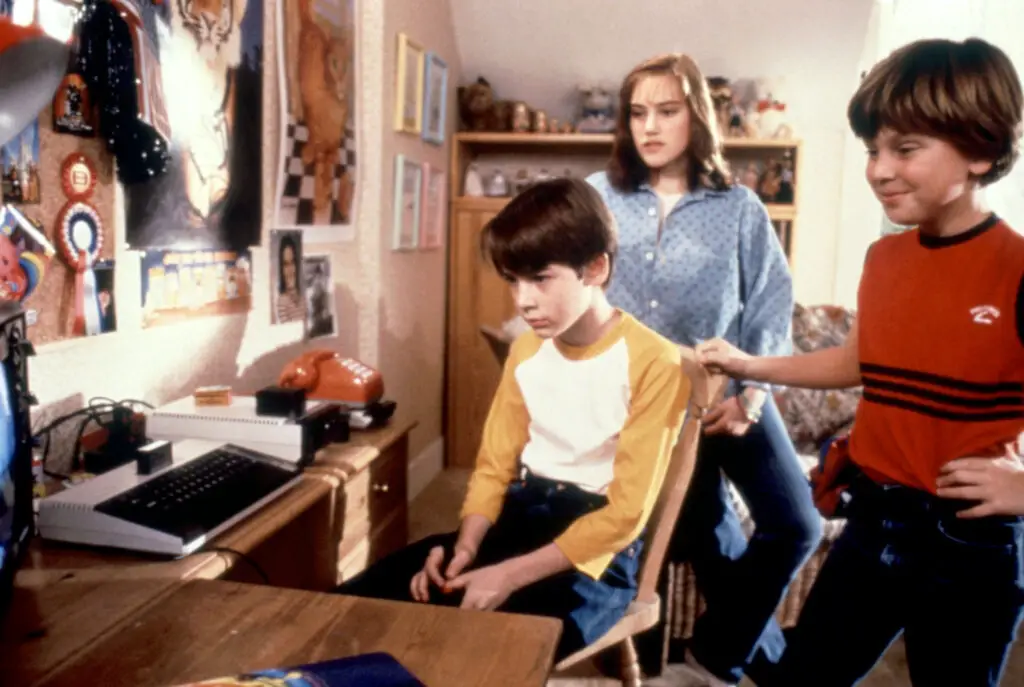
Once a kid was around eight or nine in the ’80s, it wasn’t unusual for them to stay home alone for a while. Whether their parents had to run errands or work late, kids were expected to handle themselves. They knew how to lock the doors, use the microwave, and maybe even call a neighbor if something went wrong. Fast forward to today, and leaving a child that young alone—even for a short time—feels risky says Business Insider.
Many states now have laws or guidelines about the minimum age for being home alone, and some parents won’t even consider it until their kids are in their teens. Between concerns about accidents, strangers knocking on the door, or just the idea of a child being scared, it’s rare to see young kids home by themselves anymore. Back then, though, it was just a normal part of growing up. You learned independence by figuring things out on your own shares Motherly.
3. Riding Bikes Miles Away from Home
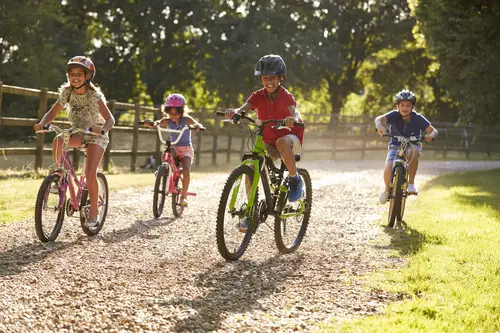
A kid in the ’80s could leave on their bike in the morning and not come back until dinner. They’d ride to a friend’s house, explore new streets, or even hit up a convenience store for some candy. No one worried too much as long as they were home before the streetlights came on. Parents trusted kids to navigate traffic, find their way back, and deal with any scrapes or flat tires along the way.
These days, kids riding their bikes far from home without an adult nearby is a rare sight. Parents are more cautious, and drivers seem less patient with young bikers on the road. Many families opt for bike rides together rather than letting kids go off on their own. The freedom of pedaling through the neighborhood with no set plan is something most modern kids won’t get to experience.
4. Going to the Store Alone

In the ’80s, kids could walk or bike to the local corner store with a couple of bucks in their pocket. They’d grab some candy, a soda, or a pack of baseball cards, then head home without a second thought. Store clerks didn’t bat an eye at kids shopping alone, and parents trusted them to make it back safely. It was a small but significant step toward independence.
Nowadays, it’s rare to see a young child in a store without an adult hovering nearby. Parents worry about everything from stranger danger to shoplifting accusations. Plus, many stores have strict policies about minors shopping alone, and cashiers might even question where their parents are. It’s another example of how childhood freedom has been replaced with constant supervision.
5. Playing Outside Until Dark
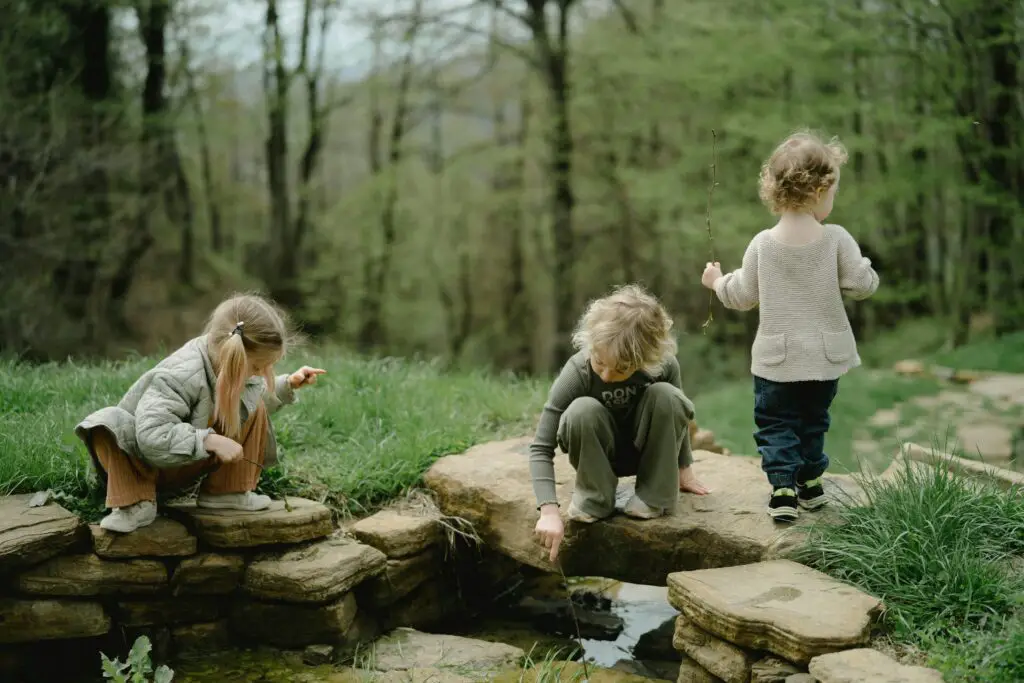
In the ’80s, kids spent entire afternoons outside, running through the neighborhood, climbing trees, and playing tag. Parents didn’t always know exactly where they were, but as long as they came home when the streetlights turned on, everything was fine. There were no check-in calls or GPS tracking—just an unspoken rule that you had to be home for dinner.
Now, parents are much more cautious about letting kids roam freely. With concerns about crime, traffic, and general safety, unsupervised outdoor play has become rare. Instead, kids often have structured playdates or organized activities with adults keeping a close watch. The idea of a child spending hours outside with no way for a parent to instantly check in is almost unthinkable today.
6. Babysitting at a Young Age
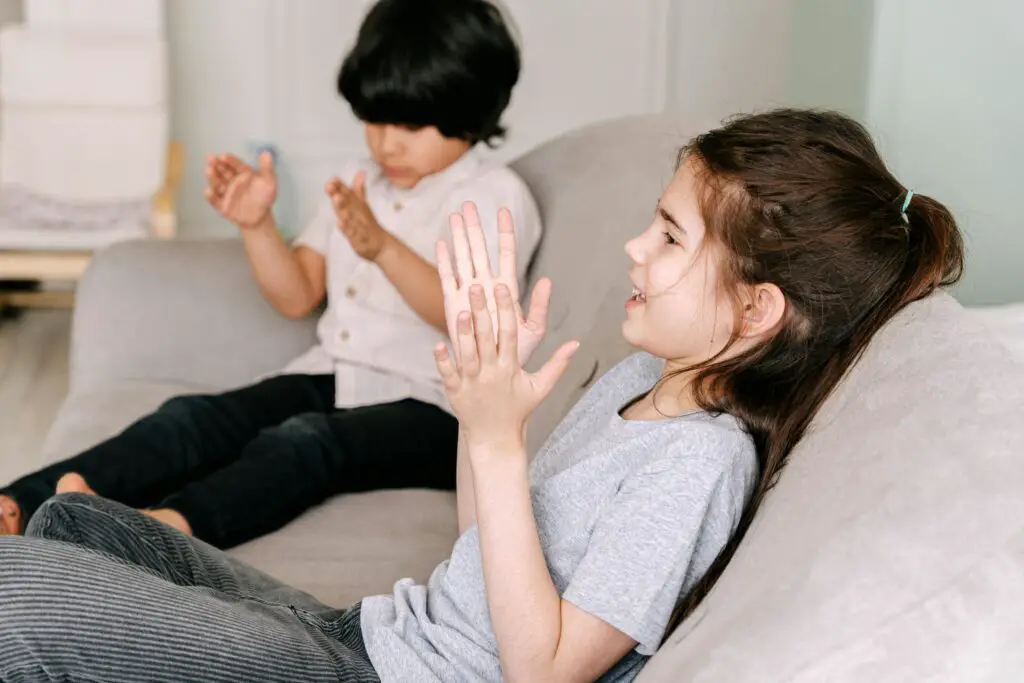
Teen babysitters were common in the ’80s, but some kids started even younger—sometimes as early as 10 or 11. Parents would trust an older sibling or a neighbor’s kid to watch younger children for a few hours. They’d be responsible for making dinner, handling bedtime, and keeping everyone safe. It was considered a normal way to earn money and learn responsibility.
Today, leaving kids with a young babysitter is far less common. Parents prefer older teens or even professional sitters with CPR training. There’s more anxiety about emergencies and liability, making casual babysitting arrangements rare. What used to be a rite of passage for responsible tweens is now something most parents wouldn’t dream of allowing.
7. Drinking from the Hose
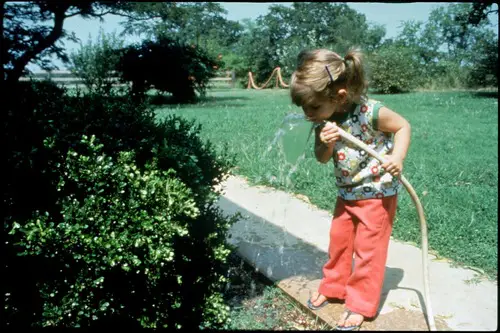
On a hot summer day in the ’80s, kids didn’t run inside for a water bottle—they just turned on the hose. It was a quick, easy way to cool off, and no one thought twice about it. The water tasted a little like rubber, but that was just part of the experience. Parents weren’t concerned about bacteria, lead, or chemicals in the hose material.
Today, the idea of kids drinking hose water makes some parents cringe. With concerns about contaminants and water safety, most kids are handed a filtered water bottle instead. While it might be healthier, it’s also a little sad to think that something so simple and refreshing has become a thing of the past.
8. Taking Public Transportation Alone
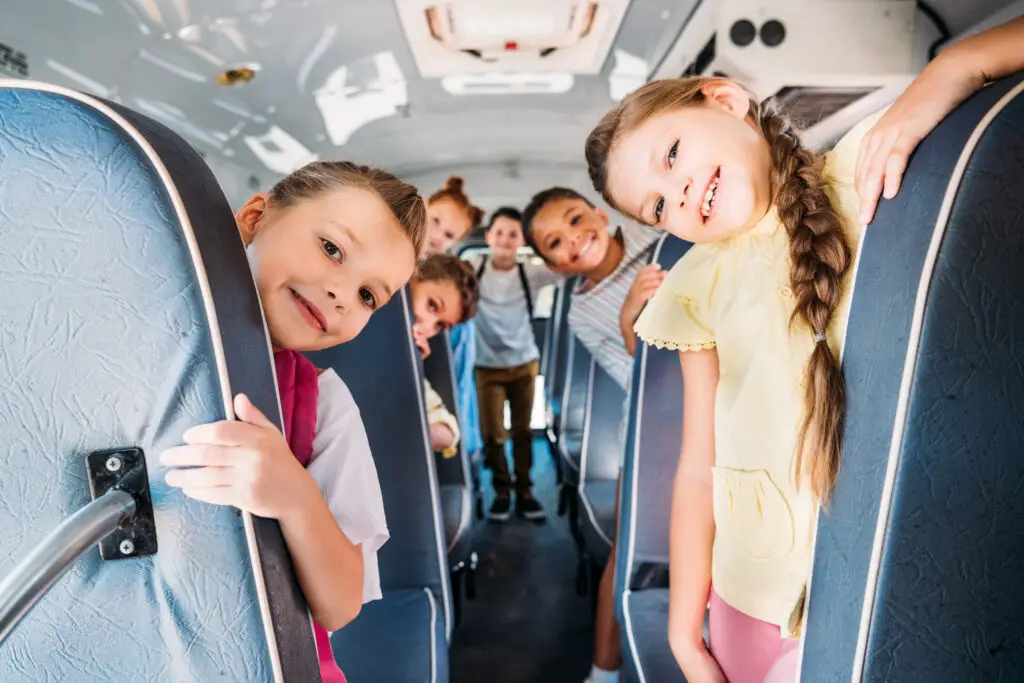
Back in the day, older kids and teens regularly took the bus or subway alone to get to school, the mall, or a friend’s house. Parents trusted them to navigate the system and stay out of trouble. If they got lost, they asked a stranger or figured it out on their own.
Now, letting a kid ride public transportation alone feels risky. Parents worry about safety, stranger danger, and unpredictable situations. Many cities have rules about unaccompanied minors on buses or trains. The independence that came with riding alone has mostly disappeared.
9. Climbing High Trees and Play Structures
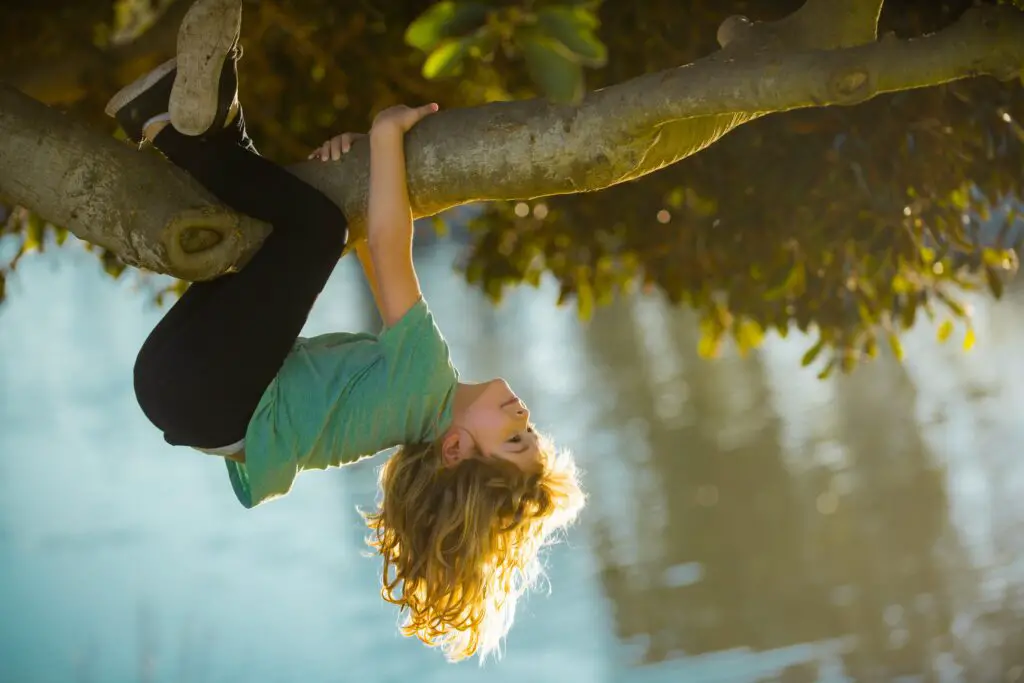
Kids in the ’80s climbed anything they could—trees, jungle gyms, even fences. No one made them wear helmets or worried much about falls. Skinned knees and bruises were just part of childhood.
Today, playgrounds are built lower to the ground, and parents often hover nearby. Fear of broken bones and lawsuits has led to safer but less adventurous play. Kids don’t take the same risks they used to.
10. Going Trick-or-Treating Without Adults
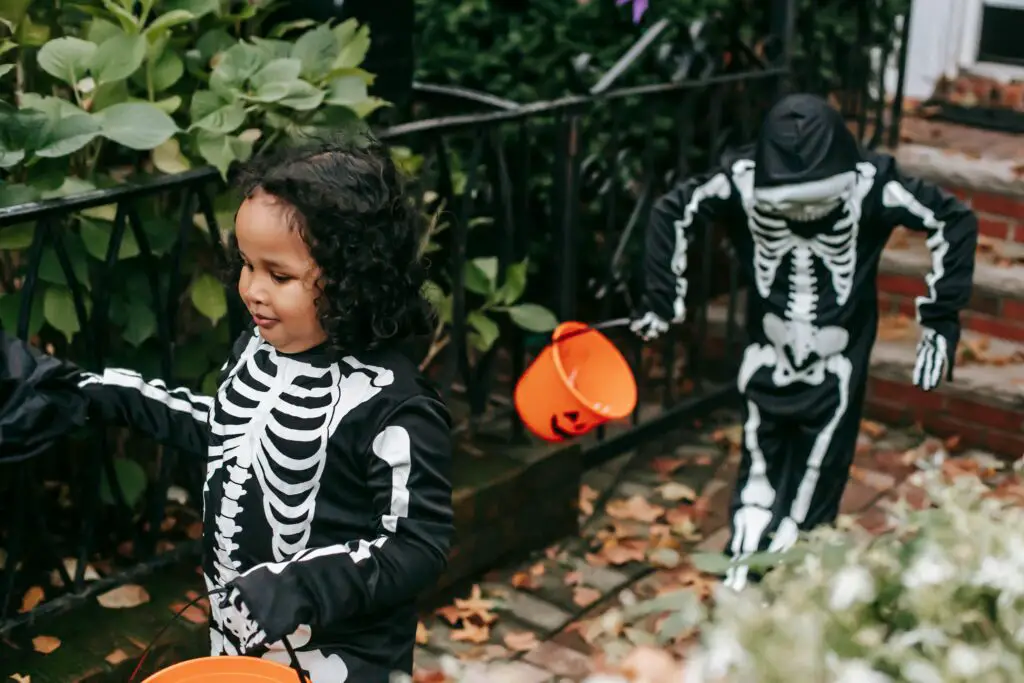
In the ’80s, kids trick-or-treated in big groups with no parents in sight. They’d cover blocks of houses, sorting their candy at the end of the night. The biggest worry was someone giving out bad candy, but that was mostly urban legend.
Now, parents accompany kids door to door, and trick-or-treating is often limited to organized events. The idea of young kids roaming alone at night is no longer acceptable.
11. Watching R-Rated Movies at a Young Age

In the ’80s, it wasn’t uncommon for kids to sneak into R-rated movies or rent them from video stores, often without anyone batting an eye. Whether it was a slasher flick like Friday the 13th or an action-packed adventure like Die Hard, older siblings or parents might not have paid much attention to the movie ratings. Kids just knew which video store clerks didn’t ask too many questions, and they’d watch whatever they could get their hands on. It was a rite of passage for many, and most parents assumed the kids would be okay, as long as they weren’t scarred by something too intense.
Fast forward to today, and things have changed dramatically. Parents now have more control over what their children watch, with streaming services offering parental controls and ratings checks. Movies with mature content are often strictly monitored, and kids are less likely to slip past the gatekeepers. Many parents are more careful about screen time in general, preferring to limit exposure to inappropriate content. It’s a reflection of how much more cautious we’ve become about the media our children consume and how much attention is paid to their emotional readiness.
12. Playing With Fireworks
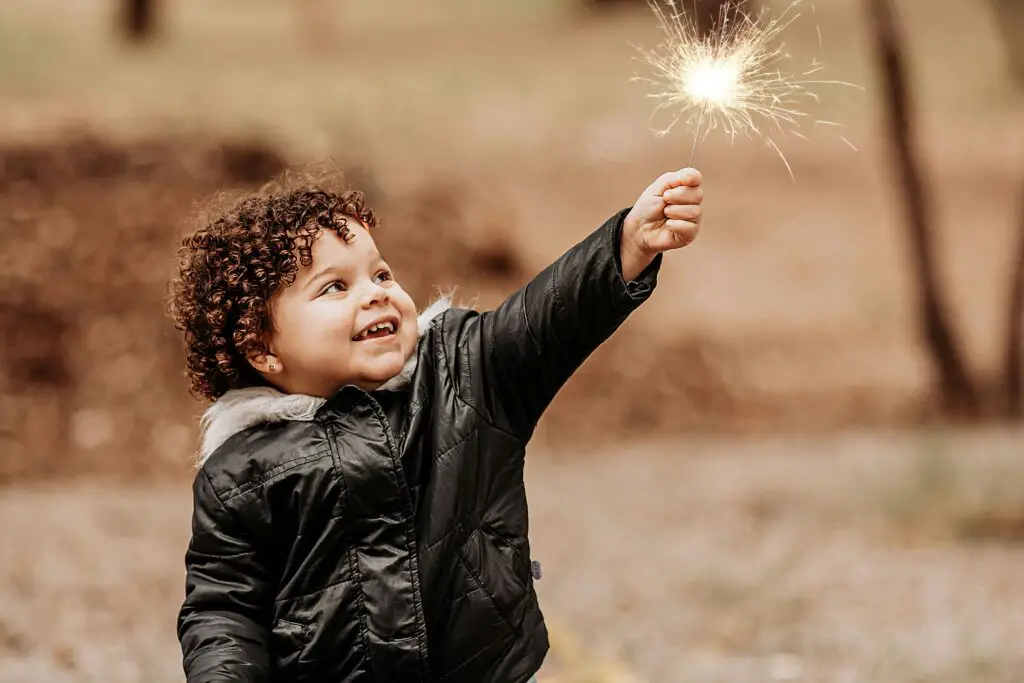
In the ’80s, kids didn’t just wait for the Fourth of July to have fun with fireworks—they were often part of everyday life. Many families would pick up a few sparklers or firecrackers from a local stand, and kids would play with them in the yard or at family gatherings. It was a sense of excitement and independence that came with lighting something with a match, hearing the fizz, and watching it explode into bright sparks. A lot of the time, the responsibility for safety was left to the kids themselves, and as long as they were cautious and had a parent nearby, things usually went without incident.
Today, though, fireworks are much more regulated, and for good reason. Laws around fireworks are stricter, especially in urban areas where fire hazards are more prominent. Many states even restrict or ban fireworks entirely, and those that are available often come with hefty warnings and safety guidelines. Parents are also much more hesitant to let kids handle anything that could potentially cause burns, eye injuries, or worse. As a result, what used to be a backyard tradition is now largely a controlled and sometimes off-limits activity for kids.
13. Riding in the Back of a Pickup Truck

If you grew up in the ’80s, you probably remember the thrill of riding in the back of a pickup truck. Whether it was cruising down a dusty road or heading to a family picnic, kids loved the freedom of being in the open air with the wind in their hair. There was no need for seat belts, and parents didn’t think twice about it—it was just a casual, carefree way to get around. The back of a truck felt like an adventure, with the promise of freedom and an added rush from the simple act of being outside the confines of a car.
Today, though, that kind of freedom seems reckless and unsafe. There are laws in many states that prohibit children from riding in the back of trucks, and even if there weren’t, parents are far more cautious. The risks are far clearer now, with concerns about falling out, being thrown from the truck, or even encountering traffic accidents. Though there’s something nostalgic about those days, it’s now widely accepted that riding in the back of a truck is a safety hazard—and it’s a rare sight for parents to let kids experience this once-common thrill.
14. Using a Pocketknife
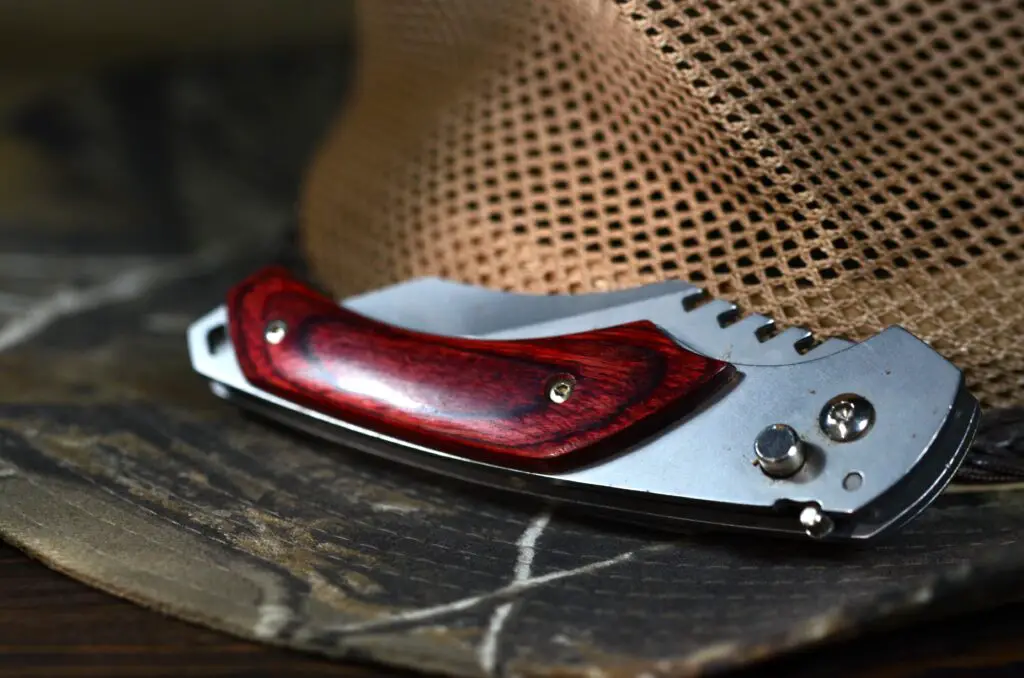
In the ’80s, owning a pocketknife was a rite of passage for many kids. From carving sticks to making small repairs around the house, the pocketknife was a tool of independence. Kids felt grown-up with a blade in their pocket, and they often carried them everywhere, confident that they knew how to handle them responsibly. Parents saw it as a way for children to learn about responsibility, safety, and practical skills. If a kid had a pocketknife, they were trusted to know its dangers and to use it wisely.
In today’s world, however, a pocketknife is more likely to raise eyebrows than serve as a symbol of growing up. Many schools ban knives altogether, and bringing one to school can lead to suspension or even expulsion. While the risk of injury was always present, it’s now seen as more of a liability. With the increase in safety regulations and security measures, kids are less likely to own or carry knives, and many parents wouldn’t even consider giving their child one. What was once a simple, everyday tool has now become something that signals danger and irresponsibility in the eyes of modern society.
